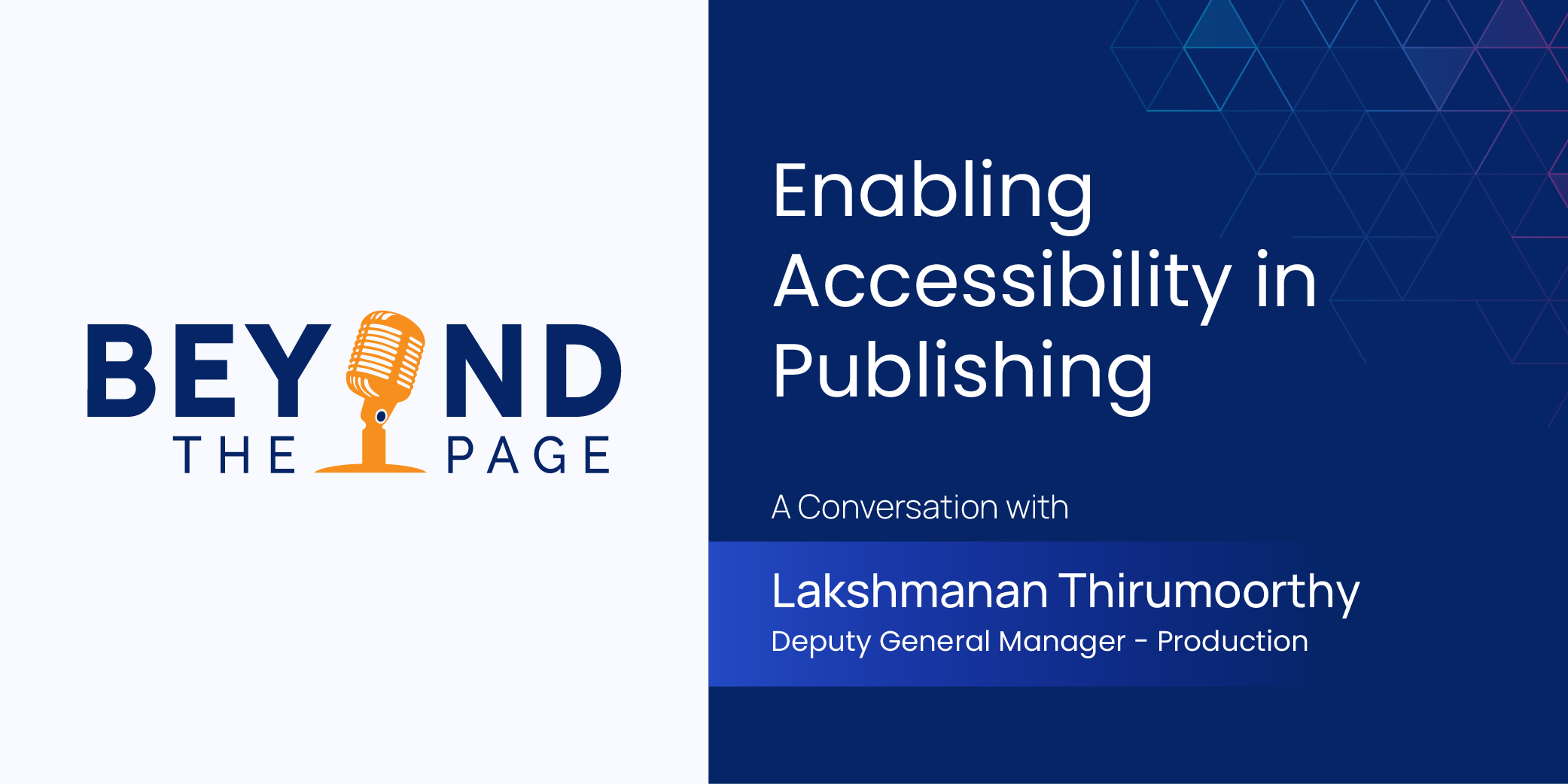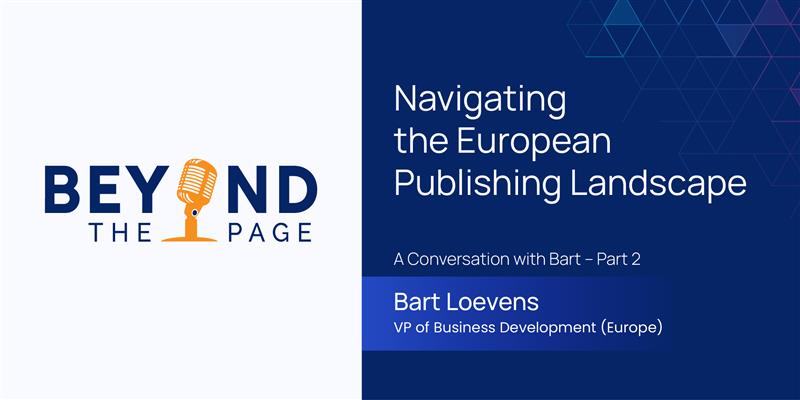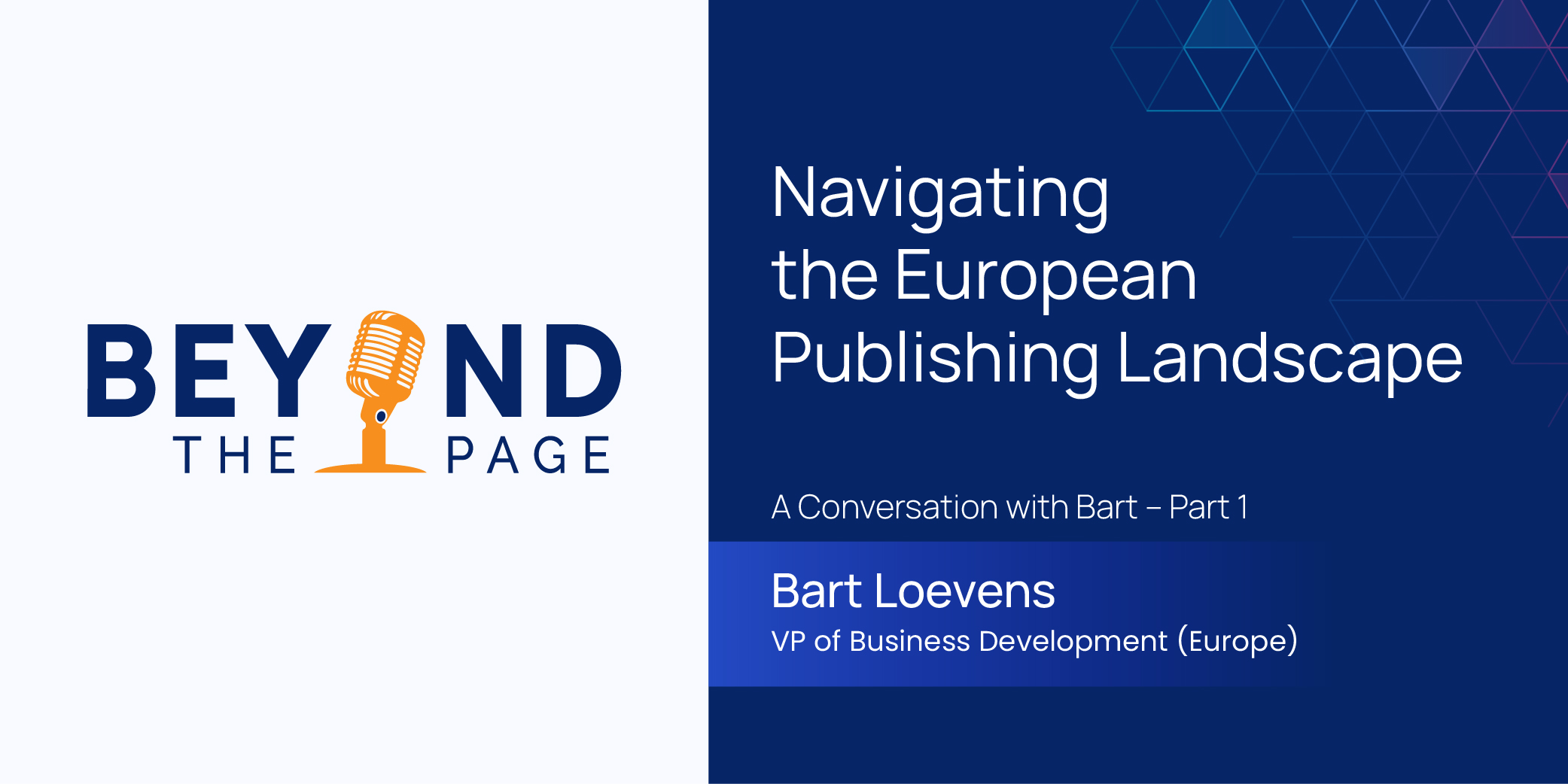Navigating the AI Revolution: Transforming the Landscape of Academic Publishing

In the ever-evolving realm of scholarly communication, a silent yet profound revolution is underway. The catalyst? Artificial Intelligence (AI). This technological marvel, once a mere figment of science fiction, is now at the forefront of reshaping the academic publishing industry. Far from being confined to the realms of data analysis and tech industries, AI has steadily infiltrated the bastions of academic publishing, transforming it from a traditional, labor-intensive process to a dynamic, efficiency-driven ecosystem. This blog post embarks on an exploratory journey through the intricate tapestry of AI’s impact on academic publishing. We’ll unravel the nuances of AI’s integration into this esteemed domain, examining its transformative effects on editing, peer review, and the overall dissemination of knowledge. As we traverse this landscape, we delve into the profound changes AI is bringing, not just in operational efficiencies but in the very ethos of academic communication and scholarship.
Historical Context and Evolution of AI in Publishing
The evolution of AI in publishing mirrors the broader tech revolution. In the mid-20th century, digital typesetting and online databases marked AI’s first foray into publishing, laying the groundwork for more sophisticated applications. As technology progressed, especially with advancements in Machine Learning (ML) and Natural Language Processing (NLP), AI began reshaping publishing workflows. ML algorithms streamlined market analysis and reader preference identification, while NLP brought about advanced text analysis tools, enhancing editing and content management.
In recent years, AI’s role in publishing has expanded from auxiliary functions to central operations. Automated content recommendation systems, AI-driven analytics, and user engagement tools are now standard in digital publishing platforms. This shift from basic digital tools to complex AI applications reflects the publishing industry’s evolution, adapting to digital age demands. AI’s integration in publishing is a testament to its role as a transformative force, redefining content creation, management, and distribution.
Current Role of AI in Academic Publishing
The current role of AI in academic publishing is multifaceted and transformative, significantly impacting various stages of the publication process.
Manuscript Editing and Proofreading:
- AI tools, akin to iNLP, have redefined manuscript editing by providing advanced grammar checking and contextual style editing.
- These tools, by identifying complex issues like sentence structure and readability, align manuscripts with the high standards required in academic publishing.
Plagiarism Detection:
- With the rising importance of originality in academic work, AI-driven plagiarism detection tools are integral.
- iNLP’s capabilities to rigorously check manuscripts against a vast array of sources ensure the authenticity and integrity of academic publications.
Peer Review Assistance:
- AI tools streamlines the peer review process by automating initial screenings and assisting in the selection of suitable reviewers, based on their expertise and publication records.
- This ensures a more efficient and accurate review process, crucial for maintaining the quality of academic publications.
Content Curation and Recommendation:
- AI systems can analyze user behavior and reading patterns to recommend relevant articles, enhancing academic research and discovery.
Data Analysis and Research Insights:
- AI Tools excel in analyzing large datasets, a capability crucial in fields generating vast amounts of data.
- This feature helps in uncovering trends and patterns, aiding researchers in drawing insightful conclusions.
Enhancing Accessibility and Reach:
- AI in academic publishing, as demonstrated by iNLP, also extends to making content accessible to a global audience through translation and creating formats for differently-abled readers.
Predictive Analytics and Trend Forecasting:
- Platforms like iNLP aid publishers in predicting future research trends, facilitating informed decisions on focus areas for upcoming publications.
Advantages and Challenges of AI in Publishing
The incorporation of AI in publishing brings a mix of advantages and challenges that reshape the industry. On the positive side, AI introduces remarkable efficiency and speed, significantly cutting down time for tasks such as manuscript editing, data analysis, and peer review processes. This efficiency is coupled with heightened accuracy and quality in content and data, ensuring that publications meet high standards. AI also excels in scalability, adeptly managing the increasing volume of academic work. Furthermore, AI’s ability to personalize content recommendations enhances reader engagement and discovery, tailoring experiences to individual preferences.
However, this technological advancement is not without its challenges. Ethical concerns are at the forefront, particularly in areas of authorship, plagiarism detection, and data privacy. AI systems might also carry inherent biases from their training datasets, which can impact their impartiality and the reliability of outcomes. Another challenge is the growing dependency on AI, which could potentially diminish human editorial skills and critical judgment. Finally, the cost and accessibility of AI technologies pose significant barriers, especially for smaller publishers, who might find it challenging to implement and maintain these advanced systems.
As we conclude our exploration of AI’s dynamic role in academic publishing, it’s clear that we are standing at the cusp of a new era. AI is not just enhancing the efficiency, accuracy, and personalization of the publishing process but is also introducing complex challenges that need strategic navigation. The balance between leveraging AI’s capabilities and managing its challenges is delicate and crucial for the future of scholarly communication.
For those intrigued by the potential of AI in academic publishing, particularly the capabilities of iNLP, there is much more to discover and discuss. If you’re looking to delve deeper into how iNLP can revolutionize your publishing processes or have specific queries about its implementation and benefits, we encourage you to connect with our experts. Their insights and experience can provide a clearer understanding of how tools like iNLP can be tailored to your specific needs and challenges in the realm of academic publishing. Don’t miss this opportunity to be at the forefront of the AI revolution in academic publishing. Contact us today to learn more and explore how iNLP can transform your publishing journey.
News & Insights

Enabling Accessibility in Scholarly Publishing – A Conversation with Lakshmanan Thirumoorthy

Navigating the European Publishing Landscape – A Conversation with Bart – Part 2

